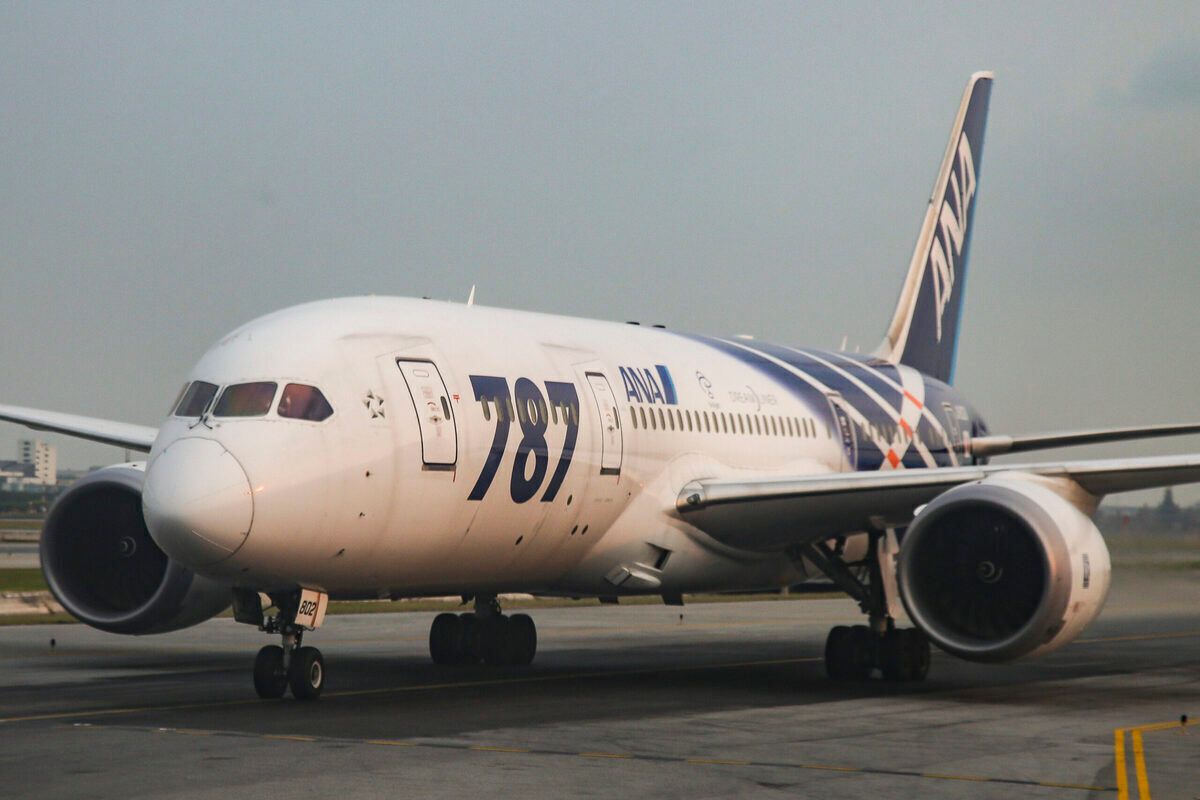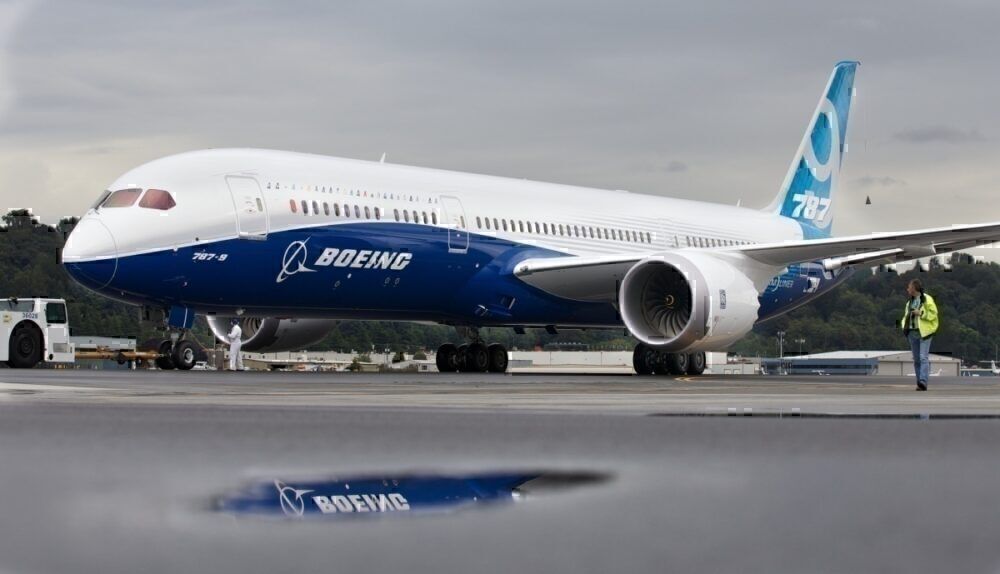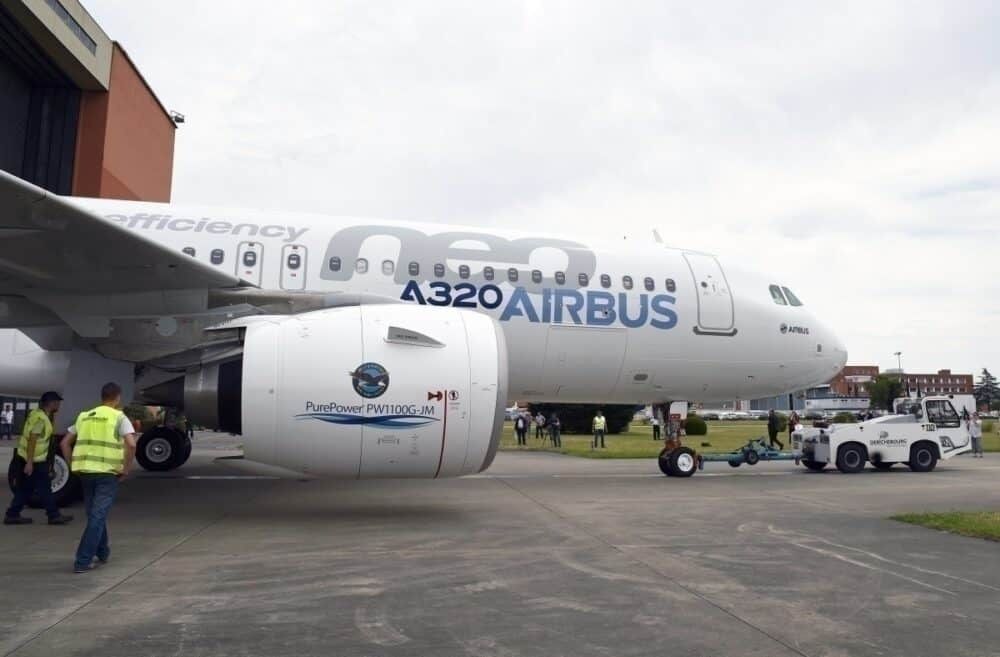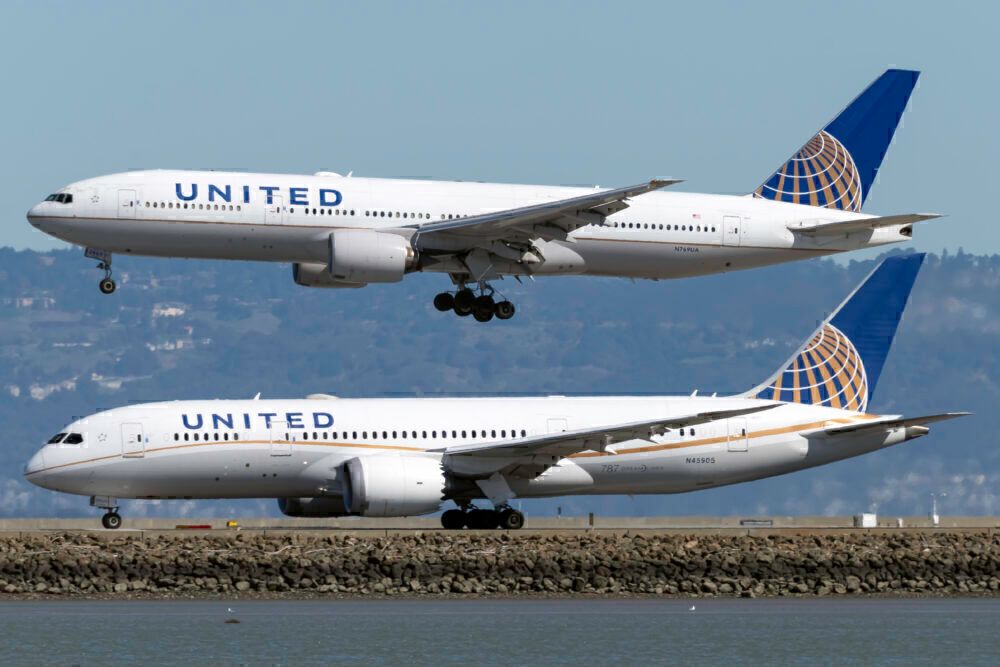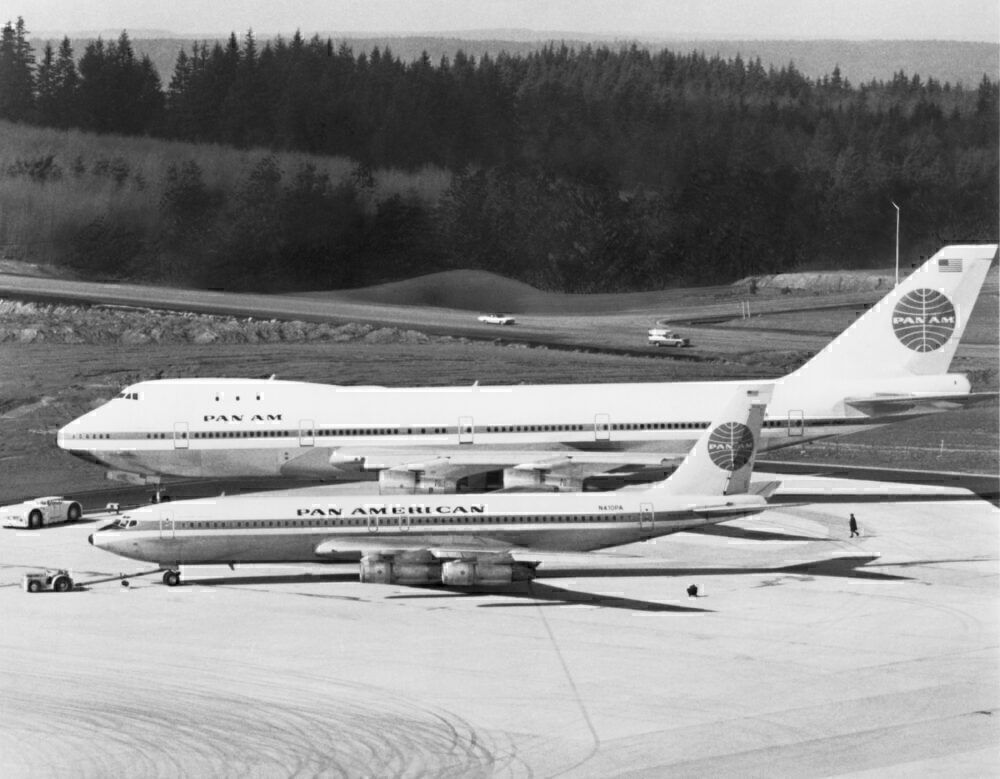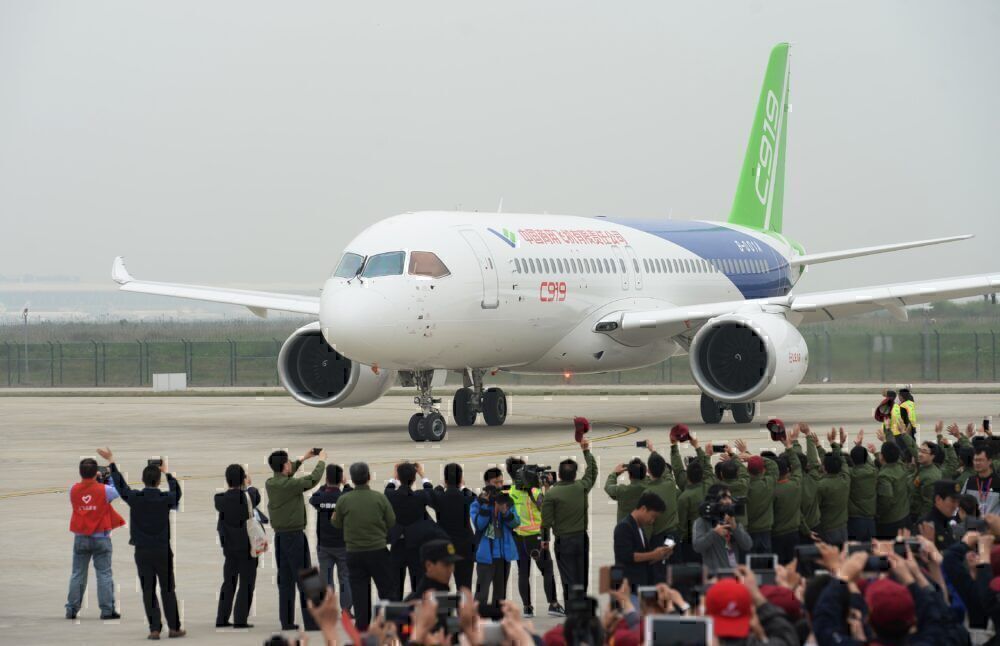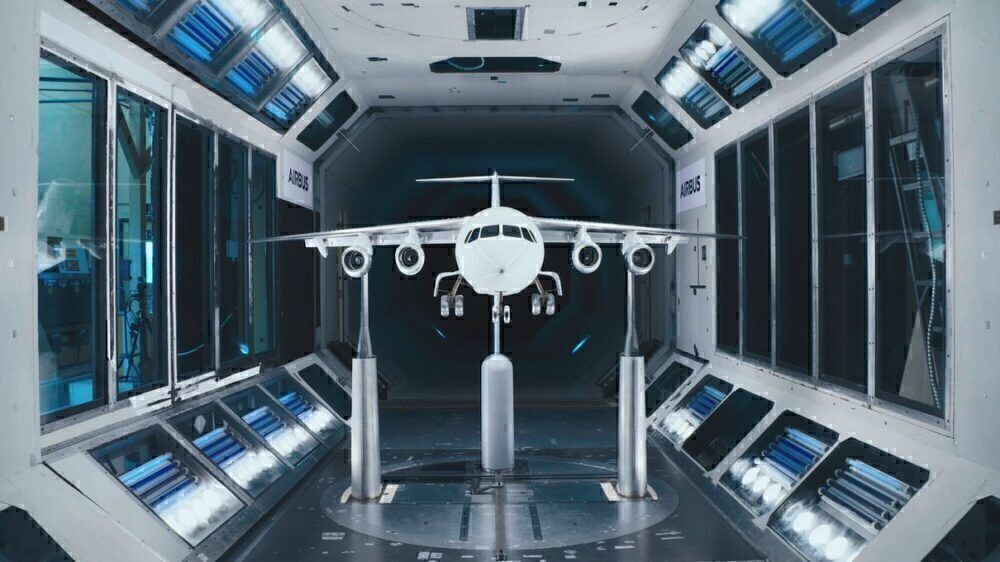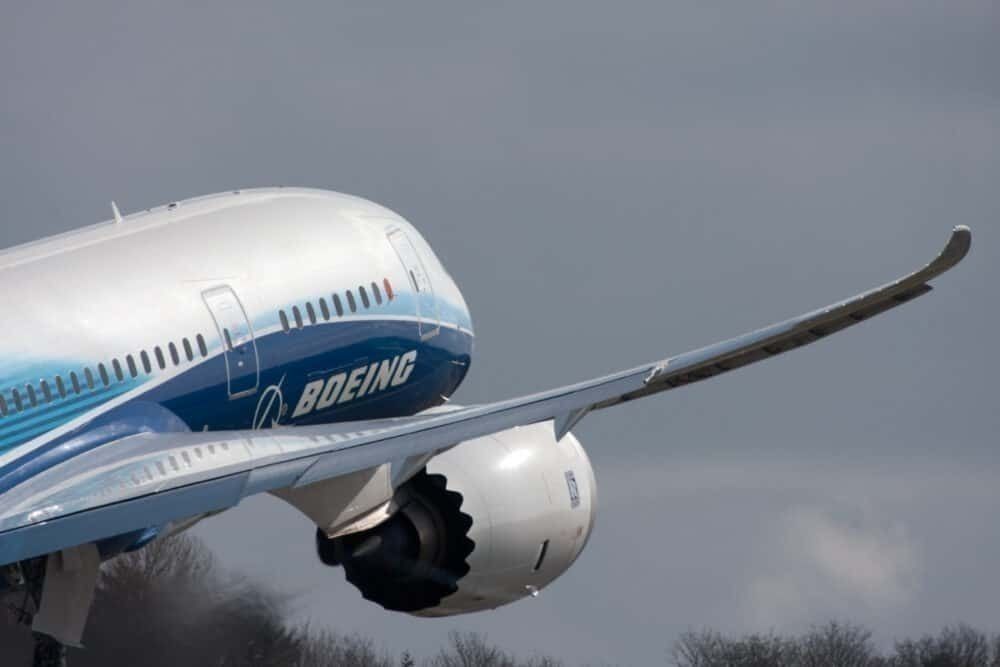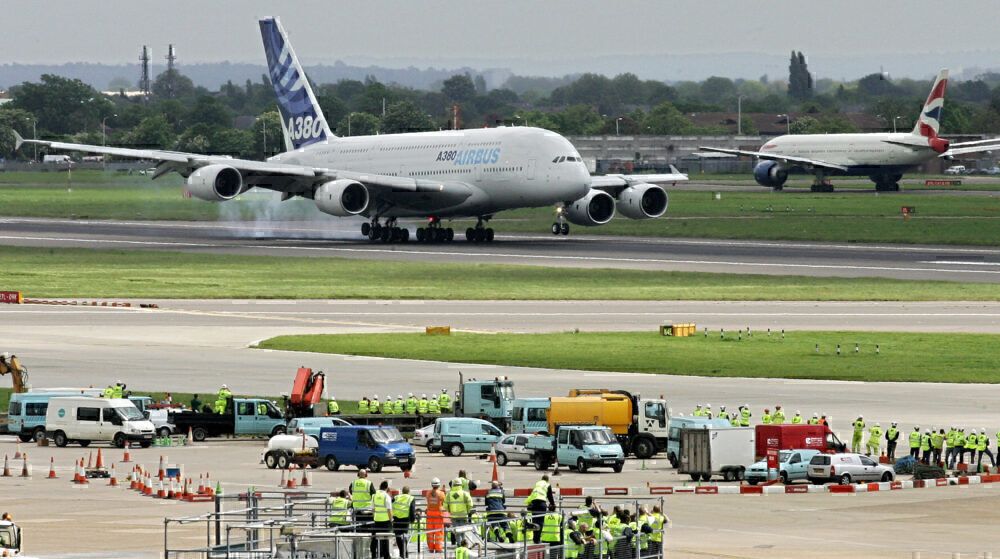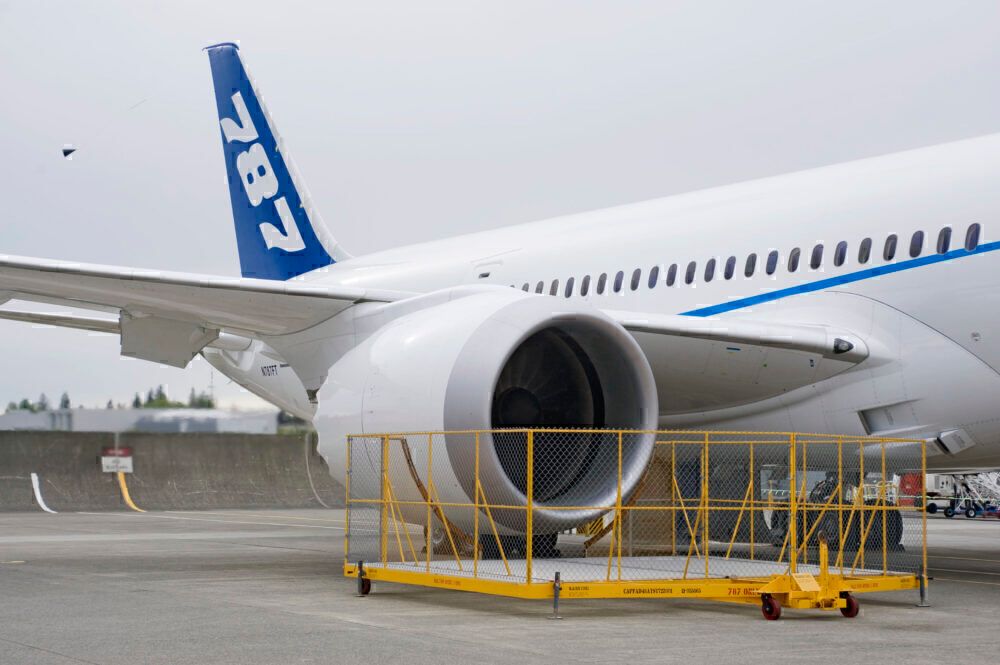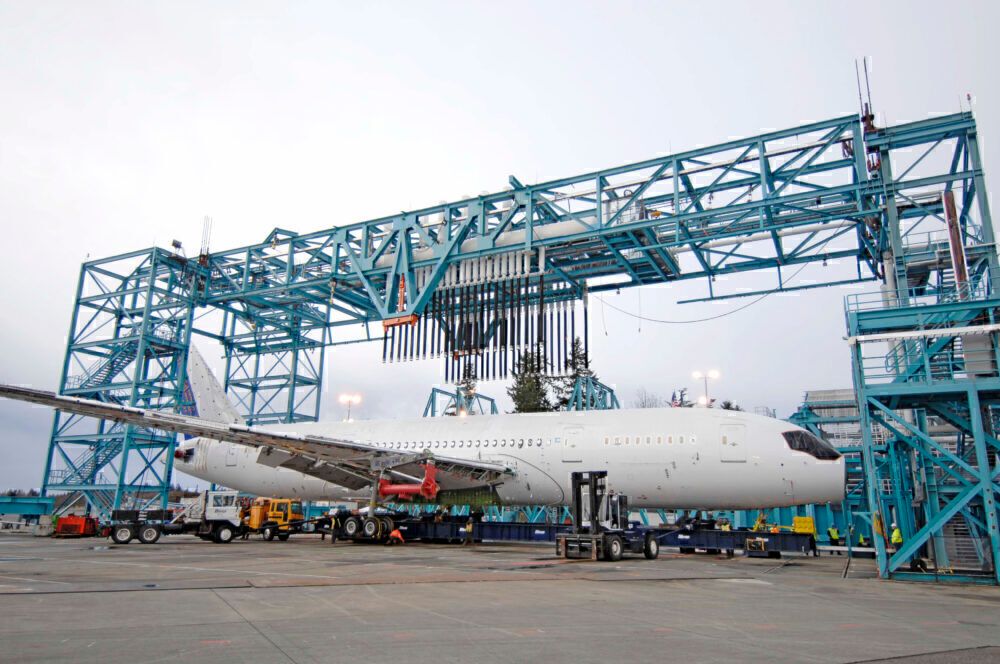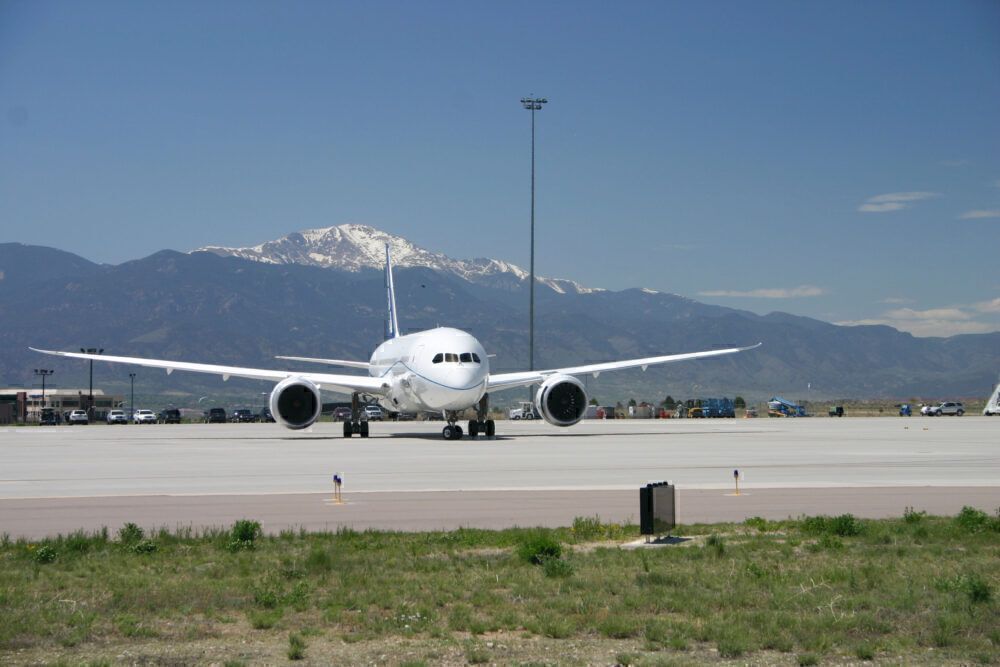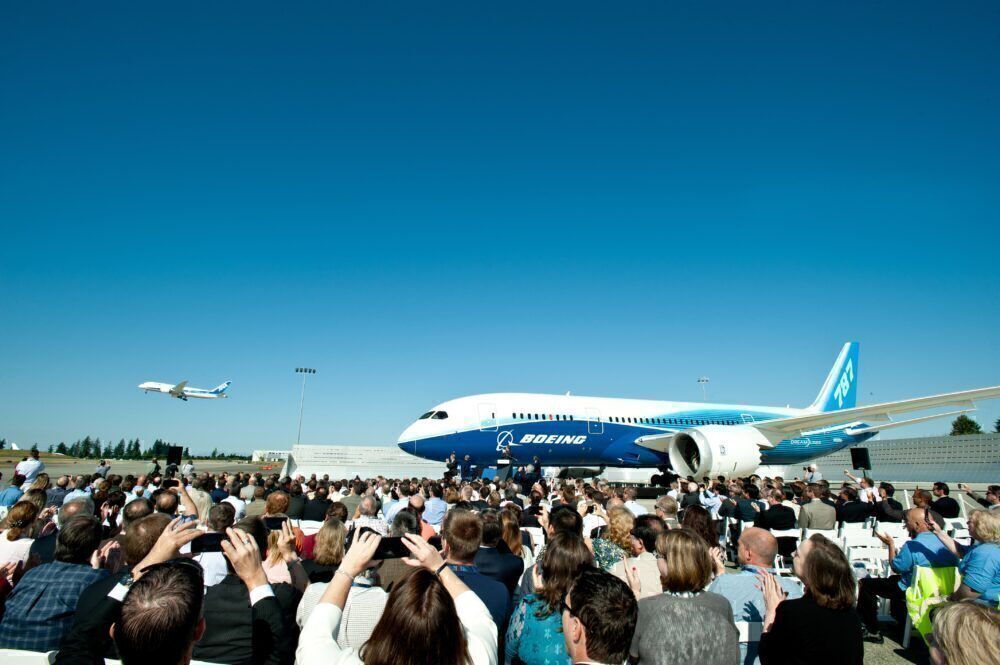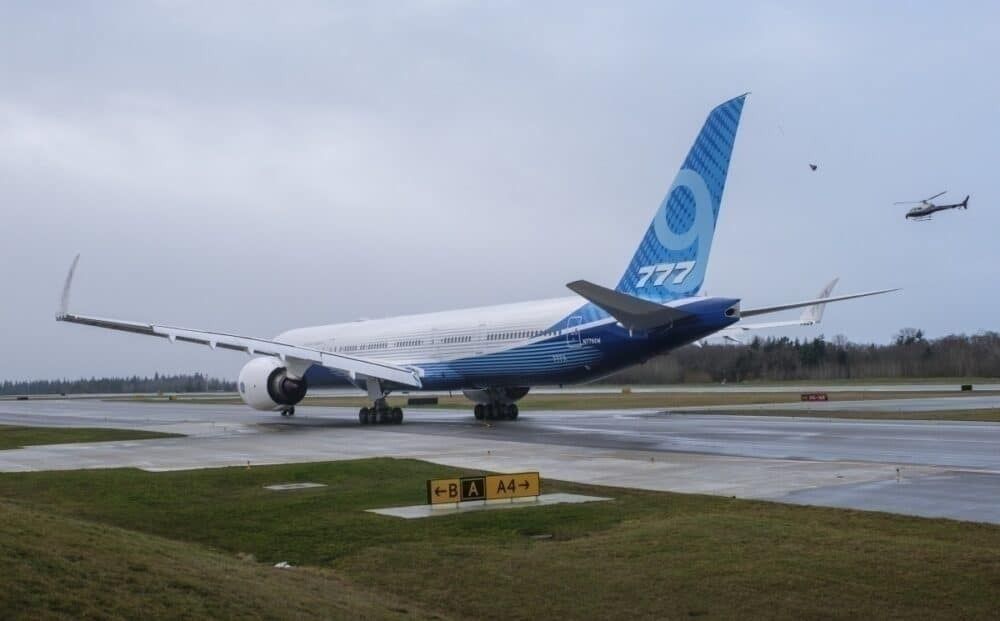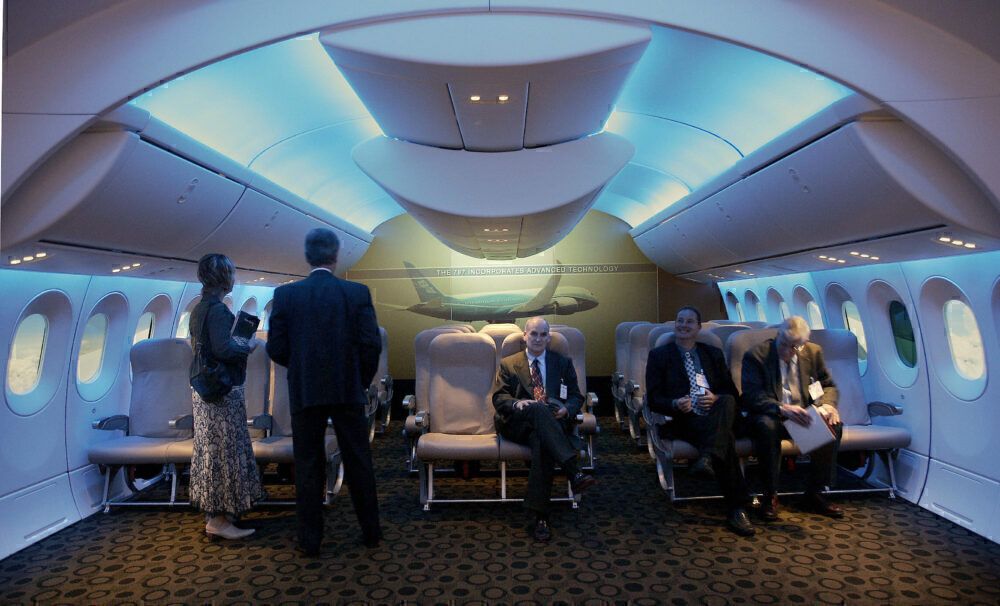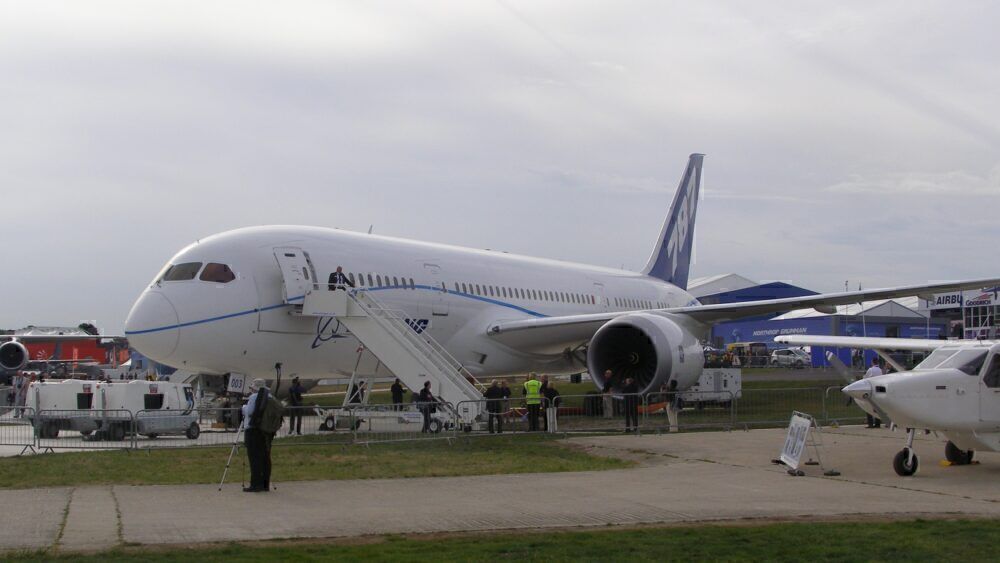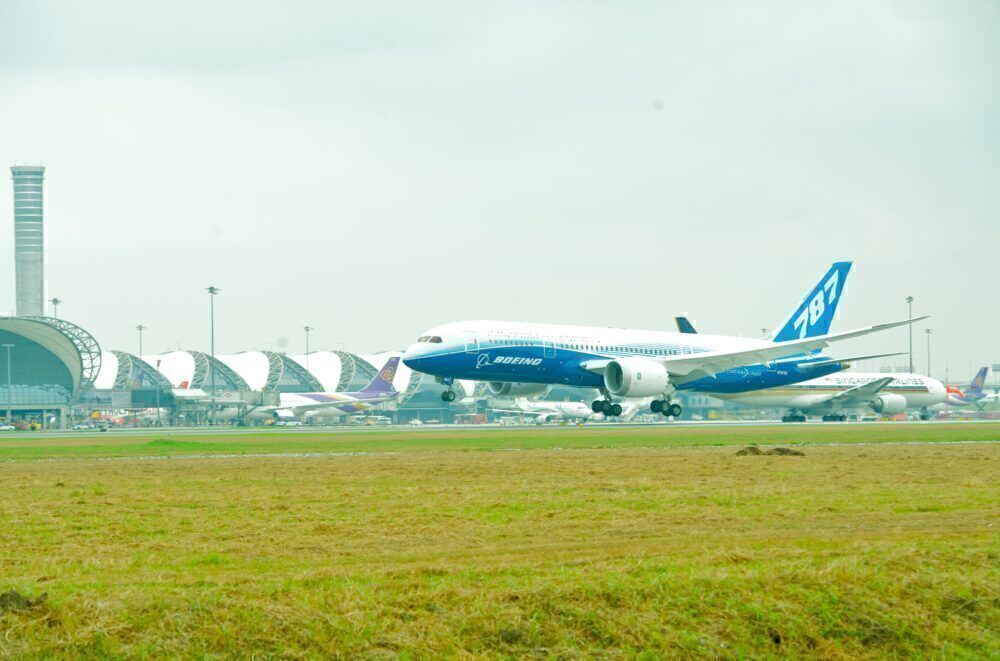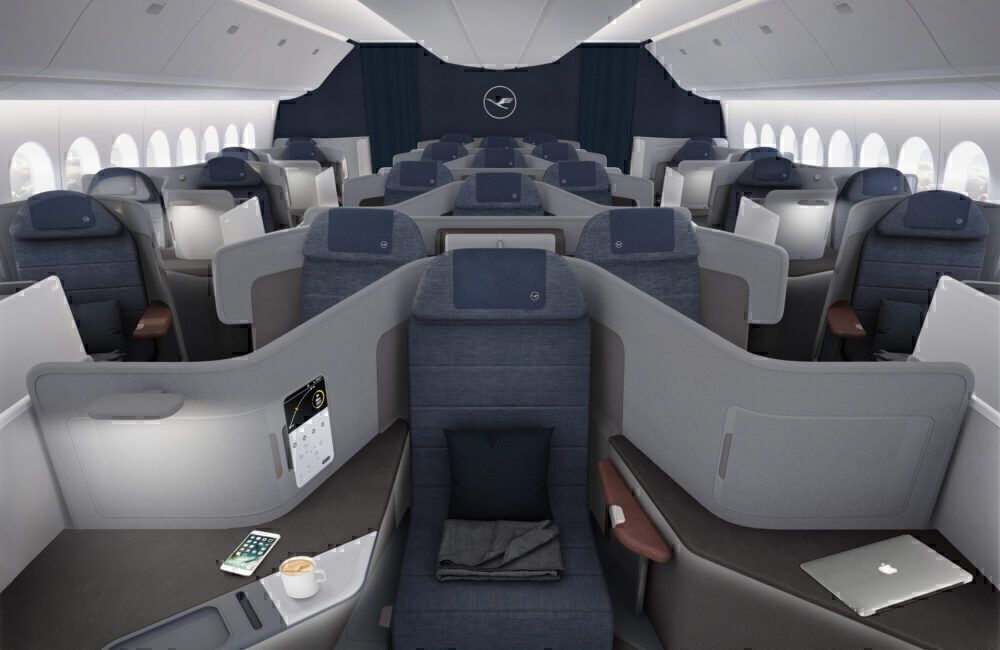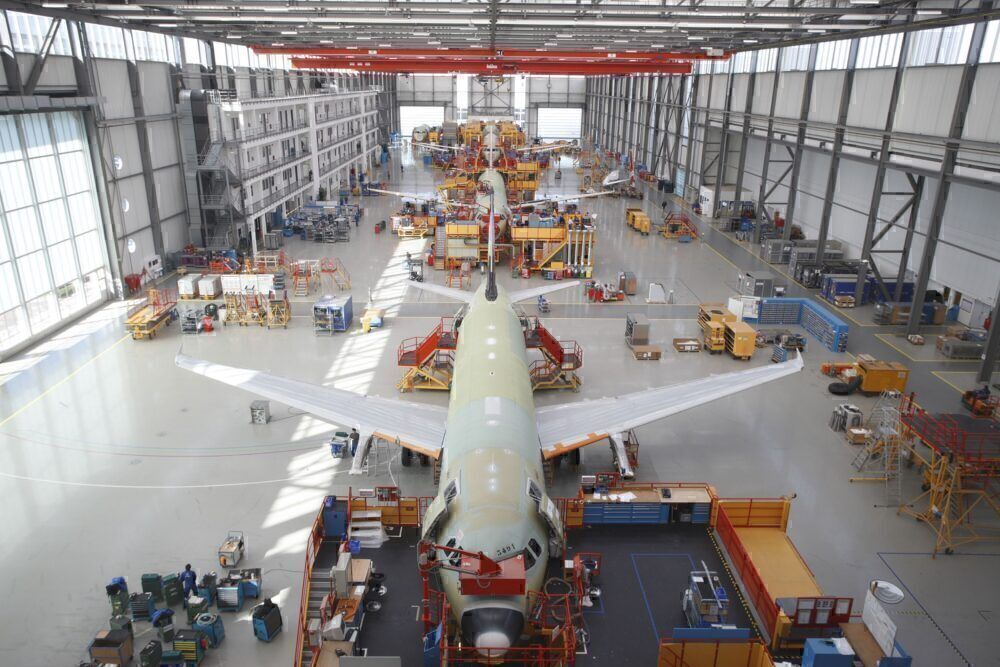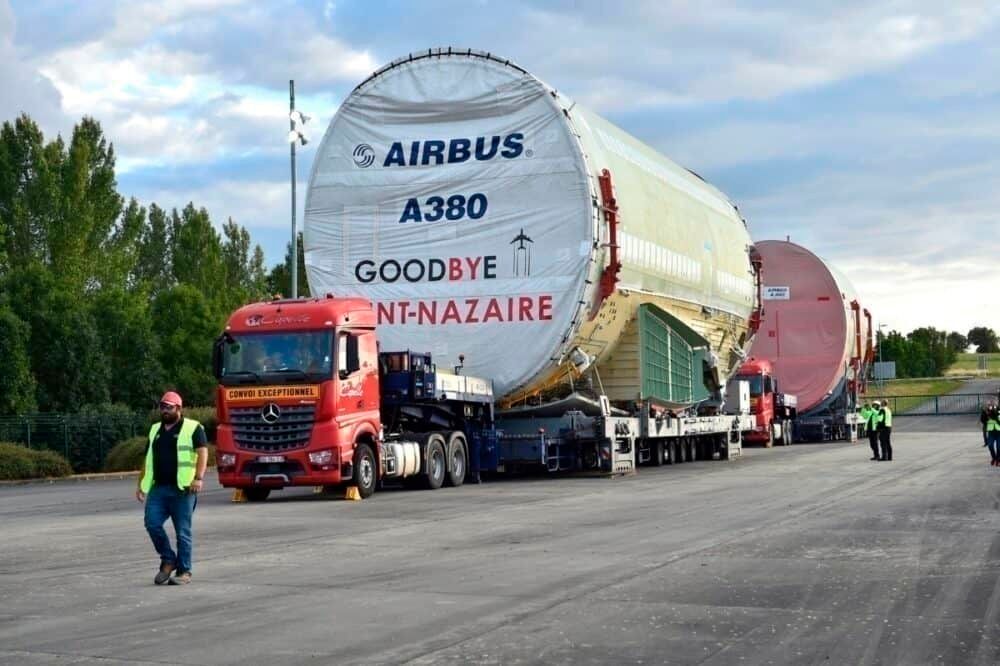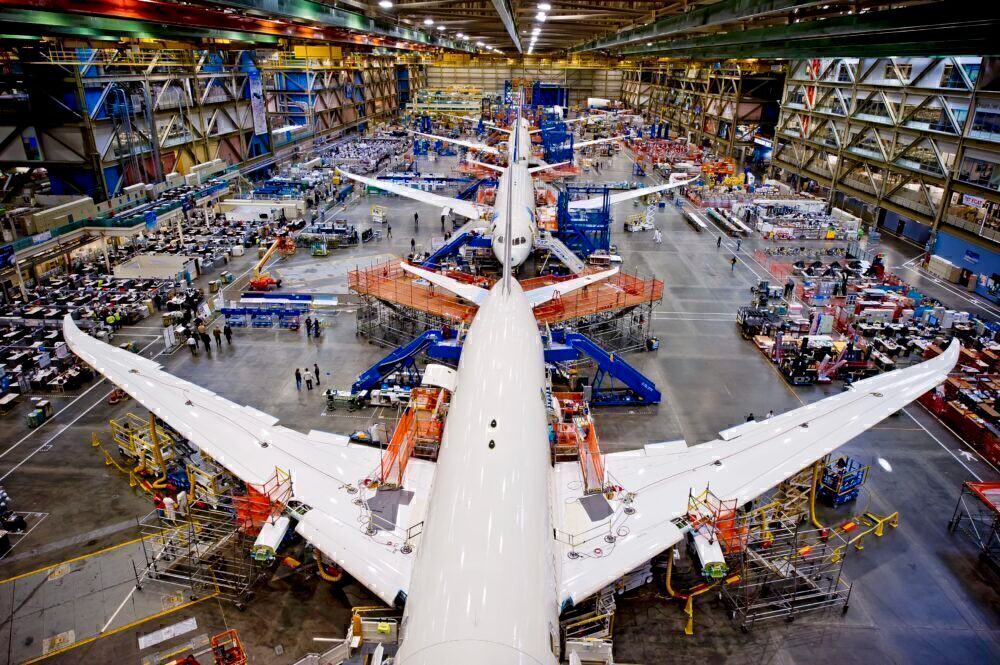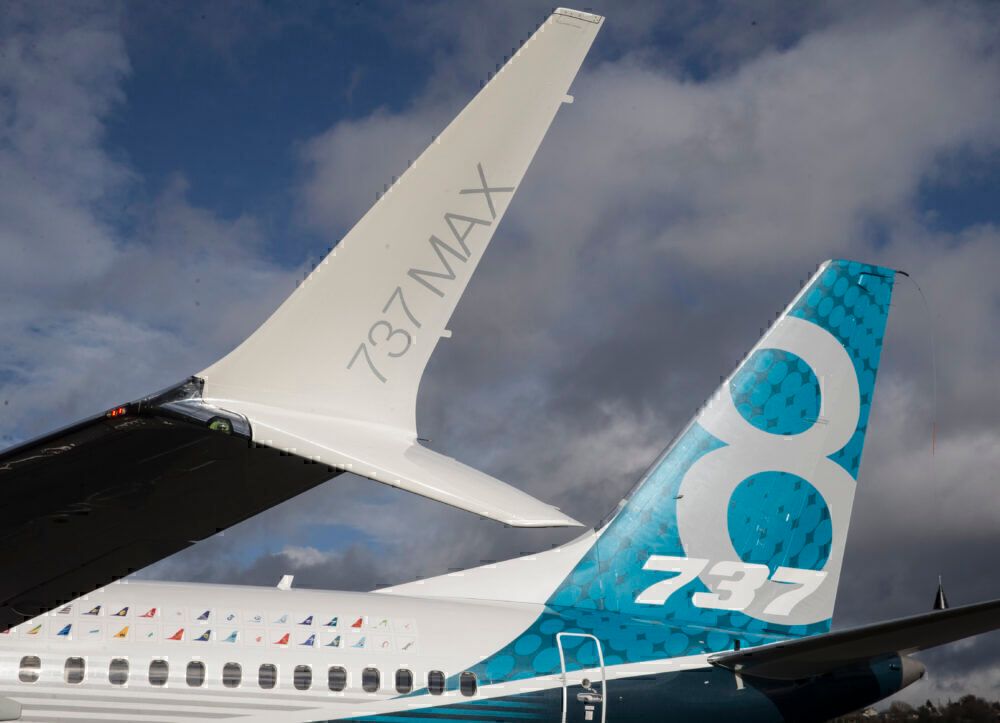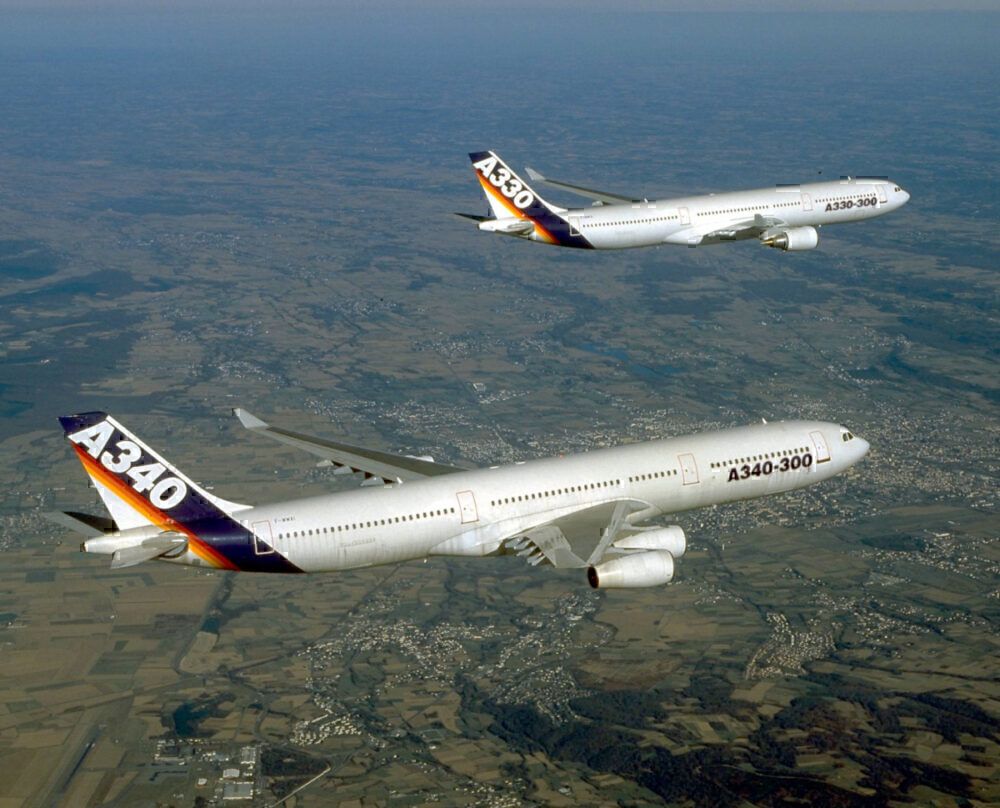The launch of a new aircraft is much more complicated than just building and marketing it. Manufacturers want to ensure that specifications will match airline demand for some time to come. And development requires significant financing and taking on the risks of testing and certification. This article looks at the main steps involved in launching a new aircraft type, using the Boeing 787 as an example.
Introducing the 787
There are many steps in the process of launching a new aircraft. It is a length and expensive process. And to minimize risk and cost, manufacturers need to get it right. You don’t want to end up with a finished aircraft that fails to meet safety and certification requirements or fails to sell.
We go through a summary of the main steps in this article, focussing on the Boeing 787 as an example for clarity. There are plenty of other aircraft that have interesting development stories. We will bring up a few of these as examples but of course, there are far too many to discuss them all. Feel free to share more examples in the comments.
Stay informed: Sign up for our daily and weekly aviation news digests.
Designing a new aircraft
Establishing demand
Naturally, any new aircraft development starts with a recognized need. This could be an evolution of a previously successful aircraft type, with technology or efficiency upgrades (such as continued 737 models or the upgrade from A320ceo to A320neo).
Or it might be a new launch to compete with another manufacturer or move into a new market. Airbus, for example, launched the A340 as a quadjet to compete with the Boeing 747, then took this further with the A380, betting on a new market for even larger aircraft to serve a hub and spoke based operating model.
For our example of the 787, it emerged out of the demand for more efficient aircraft. It followed on from the company’s success with the 767 and 777 but addressed the need to be more efficient with a clean-sheet design. Boeing chose to target the lower 200-300 seat market, placing trust in both the point-to-point operating model and the desire for efficiency. Known first as the 7E7, the program launched in 2003.
Input from airlines
Whatever need the aircraft fills, input from airlines is always crucial. Boeing’s early jets are great examples of airline collaboration. Pan American World Airways (Pan Am) was the first customer to order the 707 (although it also ordered the rival DC-8) and worked with Boeing on design and later promotion.
The 747 came about with a request from Pan Am for a larger aircraft, supported by an initial order worth $500m in 1966. In an interview with Air and Space Magazine, Boeing designer Joe Sutter said, if it weren’t for the foresight and input of Pan Am, the 747 would never have launched.
The 727 as well came about as a compromise by Boeing to meet several US airlines' differing demands for a two, three, or four-engine replacement for the 707.
These days, such strong collaboration is not common, but there is always close cooperation. In the case of the 787, an order for 50 aircraft from All Nippon Airways (ANA) came in 2004, soon after the launch of the program (for 30 787-3 and 20 787-8 aircraft). It went on to be the launch customer, but not until October 2011.
New manufacturers today provide a different example of this. Chinese manufacturer COMAC has strong connections with Chinese airlines, and its new aircraft have been very much targeted at their needs.
Aircraft design and development
Obviously, much of the design work of a new aircraft takes place long before the full-scale construction of any prototype or test aircraft begins. This has changed over the years, along with advances and technology. Paper designs, models, and wind-tunnel testing were more common in the early days of aircraft design; now, the design is more likely to be supplemented with computer-based design for longer.
As an interesting aside on computer design, take a look at the story of its challenges during the A380 design. With several countries using differing design systems and methods, there were many challenges (and delays) when it all came together in Toulouse. This ultimately lost Airbus orders over the delays and contributed to the loss of the A380 Freighter model.
For the 787, much of this focussed on new efficiency improvements. A new lightweight, composite fuselage had to be developed. And there were several new aerodynamic improvements, including raked wingtips.
Engines, of course, are a major consideration. Should existing engines be used, or is work with an engine partner needed to develop a new engine? The 787 is designed to take either the General Electric GEnx or the Rolls-Royce Trent 1000 engine.
Financing development
Having a great design and potential customers is one thing. But development is hugely expensive, and manufacturers need to be confident in financing it and making a future return on this investment.
For the 787, for example, the total development cost was estimated at over $32 billion (as reported by the Seattle Times). Whether it ever sells enough aircraft to break even on this remains to be seen.
Sources of finance
A large part of such financing, of course, comes from manufacturers' own pockets. This is a main reason we have seen so much consolidation in the industry over the years, leading to the Boeing and Airbus duopoly today.
Financing also comes via bank and company loans, export credit agencies, and government subsidies in some cases. A full discussion of this is beyond our scope (and difficult as data is not usually released). Boeing however releases an interesting overview annually of the market for aircraft financing (both for development and financing purchases).
Advance payments from customers are possible too. Going back to the 747 development, early commitment and funding from Pan Am was an essential part of launching the program.
The Airbus A380 has been an interesting case. Initial funding for the development came from government loans. The UK, France, and Germany loaned Airbus around €3.5 billion ($4.2 billion) in 2000 (as reported by Bloomberg). Development costs spiraled though from the initially estimated €9.5 billion to as much as €25 billion. Airbus has admitted it will never recover the full cost. And the repayments (or lack of them) to governments has been contentious.
Aircraft testing and certification
Getting a type certificate
All new aircraft types need to be certified by the appropriate regulatory authorities, leading to a ‘type certificate.’ This covers the overall aircraft type; each aircraft built then requires its own Certificate of Airworthiness.
There are several global regulatory authorities, and aircraft will usually take multiple certifications (and at least in the state of design of the aircraft). The main ones include :
- FAA (Federal Aviation Administration)
- EASA (European Aviation Safety Agency)
- CAAC (Civil Aviation Authority of China).
Test guidelines are published by each regulator. For example, the FAA uses AC25-7D – “Flight Test Guide for Certification of Transport Category Airplanes.”
The lengthy and expensive certification process involves constructing several prototype aircraft for tests on the ground and in the air. In the case of the 787, flight testing used six aircraft (four with Rolls-Royce engines and two with General Electric engines). Testing took 20 months, much longer than the originally planned eight months.
And looking at recent examples from Airbus, the 2006 certification of the A380 (by both the FAA and EASA) took 2,600 flight hours and used a fleet of five aircraft. The A350 underwent a 14-month testing program, again requiring five aircraft.
Aircraft testing
Simple Flying took a more detailed look at the steps involved in testing in a previous article. Some of the most important tests include:
- Structural airframe tests. These are ground-based tests that stress the airframe and wings. Tests include wing loading and deflection, fuselage pressure tests, fatigue tests, and flight cycle simulations.
- Flight tests in extreme environments, including high altitude and extremes of cold and heat.
- Operation of aircraft systems, including autopilots.
- Water ingestion tests to ensure water won’t enter aircraft systems.
- Flutter testing, where vibrations are measured to ensure they won’t cause structural damage.
- low speed and rejected takeoff (including testing with worn brakes).
- Assessment of the aircraft’s efficiency and fuel burn.
There are also several non-flying tests to be completed. Evacuating the aircraft within 90 seconds is one such test. Despite advances in computer simulation, this remains a physical test carried out on a full aircraft, with only some exits used.
Delays in testing
Unsurprisingly, testing and certification is one area that often delays aircraft launch. The 787 was not safe from this, with testing taking much longer than anticipated (due firstly to engine issues), and aircraft deliveries delayed as a result.
The first variant, the Rolls-Royce engine 787-8 received certification from both the FAA and EASA in August 2011. Certification for General Electric engines followed in March 2012.
The new 7777X is currently facing similar delays. Issues with new engines first delayed the launch beyond the planned 2021 schedule. And further delays have pushed this until late 2023 at the earliest.
Displaying the aircraft
An important part of generating new aircraft sales is to show it to potential customers, often via airshows or aircraft tours.
The 787 made its first public appearance in July 2010 at the Farnborough Airshow in the UK. Farnborough is one of the leading airshows; Paris and Dubai are other main events.
The 787 also embarked on one of the more ambitious global tours. Starting in December 2011, Boeing began a six-month ‘Dream Tour’ including visits across Europe, Africa, China, Thailand the Middle East, and the United States.
Such tours are a chance to take the aircraft direct to potential airline customers and will be planned with this in mind. Airlines in China (Hainan, China Southern, and Air China), Japan (both ANA and Japan Airlines), the Middle East (Qatar Airways and Etihad Airways), and Africa (Ethiopian Airlines) have gone on to be significant 787 operators.
Aircraft will also have likely visited many countries as part of testing, but these tours are now focussed on sales. Aircraft will be refit to fully show the possibilities they offer. Scott Fancher, vice president, and general manager of the 787 program said of its tour aircraft:
“Our flight test airplane has turned into a showpiece. Anyone who has seen the inside of a flight test airplane will be amazed at the transformation. All of the 787 passenger features are here.”
Manufacturing, sales, and deliveries
Variable pricing
Once tested and certified, the challenge moves to growing orders. Of course, orders will hopefully be received long before this, but more will follow once the aircraft is proven.
Manufacturers list aircraft with specific prices, much like any company product. The 787, for example, lists as:
- 787-8: $248.3 million
- 787-9: $292.5 million
- 787-10: $338.4 million
There is a large variation in these prices, however. Firstly, due to exact delivery specification. And secondly due to discount. It is common for manufacturers and airlines to negotiate deals, especially for large or repeat orders and discounts, and final prices are not usually disclosed.
Simple Flying looked at Boeing’s list prices recently but noted that discounts are typically in the range of 20% to 60%. And Airbus shared details of its pricing, revealing that discounts are usually in the region of 50%.
Airlines will spend more equipping aircraft. They are free to choose separate suppliers for the interiors and seating, and this, of course, is a major way the aircraft is marketed to passengers. Many passengers will be more interested in a new seating layout than technical improvements in the aircraft.
We often see airlines timing the launch of new interiors with the launch of new aircraft. Many airlines did this with the A380, for example. British Airways launched a long-awaited new Club Suite business class product on its A350-1000 aircraft. And Lufthansa is launching an exciting new business product with the 777X.
Production and production rate
In terms of business and aircraft success, production is a vital part. Choosing how and where the aircraft will be built is important. Manufacturers need to ensure sufficient capacity, but not at the cost of too much initial expenditure or impacting other production lines. And there needs to be flexibility for increased, or weakened, demand.
We won’t go into full details here. For some further insight into production take a look at some of our other articles:
- A look at the 737 MAX production line and separate fuselage delivery.
- Airbus' A220 production plant.
- General production rate cutes in 2020 - from Boeing, Airbus, and ATR.
- Boeing's new Indian plant to manufacture 737 tail fins.
- A general look at how aircraft wings are made.
- Switching the A380 production line to the A321.
Boeing and Airbus production
Both Boeing and Airbus spilt production across several sites (and countries), bringing to one final assembly location. Most aircraft are assembled in France or the US, although both companies have overseas production lines now.
Moving parts around is often facilitated with Boeing’s Dreamlifter and the Airbus Beluga / BelugaXL aircraft. Simple Flying took a detailed look at the A380s production across several sites, with an incredible air, road, and barge transportation system in place.
The 787 was originally assembled only at Boeing’s Everett site (along with the 747, 767, and 777). Boeing added a second assembly site in North Charleston, South Carolina in 2011 to handle the increasing production rate. In fact, the 787-10 ended up being only built in Charleston, as the larger fuselage sections that are produced there could not be shipped using the Dreamlifter.
And recently, Boeing has announced that all 787 production will shift to Charleston in mid-2021. With the slowdown seen from 2020, the production rate will be lowered (from 12 to six aircraft per month).
For some inside footage of the construction of the 787, take a look at this video from ">Sam Chui:
Updates and new variants
Updates and improvements are key to the development and life of aircraft. Making changes to an existing aircraft is easier and cheaper than developing a new one. Re-certifying is a simpler process, and airlines will benefit from commonality across the variants and its benefits for maintenance and crew scheduling. But there comes a time, of course, when a clean sheet design makes sense.
The 787 was a clean sheet design focused on lower weight and increased efficiency. The 737, of course, first flew in 1967 and remains in production now, with constantly evolving generations. The 747 managed over 50 years in production through its variants, but the last aircraft have been ordered.
Some of these variants may be less successful, but this can be handled as the cost of development is much lower. The A330 and A340 are other good example of this. Airbus developed these two and four-engine widebodies together, saving cost and development time. Fewer A340s sold, but it was far a failure with the shared cost of development.
Changes to the type certificate
The close relationship with the regulator continues throughout the operational life of the type. Regulators will monitor operations and issues and issue additional airworthiness directives for any issues that may arise. The ongoing issues with the Boeing 737 MAX are just one example of this.
And for a new variant, type certificates can also be amended. This will often involve a further prototype model for testing but is much less extensive than for a new aircraft type.
There is obviously a huge amount involved in developing a new aircraft and the business processes that go along with this. Hopefully, this has been an interesting overview of the main areas, with some ideas for exploring further. Feel free to discuss more areas in the comments.

